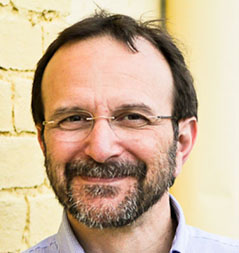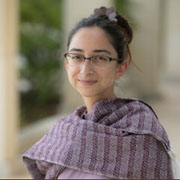TWiV explains a study of how climate change is predicted to increase cross-species viral transmission risk, and increased memory B cell potency and breadth after a SARS-CoV-2 mRNA vaccine boost.
Elke, Adam, and Gabor join TWiV to discuss their work on Lloviu virus, a filovirus, including recovery of infectious virus from a DNA copy of the genome and from Schreiber’s bats in Hungary.
Michael Worobey joins TWiV to explain evidence that SARS-CoV-2 emerged via the wildlife trade and that the Huanan market was the unambiguous epicenter of the COVID-19 pandemic.
Peter Daszak, Thea Kølsen Fischer, and Marion Koopmans, members of the WHO team investigating the origins of SARS-CoV-2 join TWiV to explain the work done by the committee during phase one, their conclusions, and the extent of work that remains to be done in phase two.
TWiV examines spillovers of porcine and canine coronaviruses into humans in Haiti and Malaysia, and how antigenic evolution of measles virus is constrained by multiple co-dominant epitopes on the viral glycoproteins.
The entire TWiV team assembles to discuss resurgence of COVID-19 in Manaus, Brazil, discovery of SARS-CoV-2 related viruses in bats in Southeast Asia, and increased Ct values after administration of mRNA vaccine.
Daniel Griffin provides a clinical report on COVID-19, Slovlakia’s plan to test all adults for SARS-CoV-2 infection, viral variants arising in Danish mink and their potential threat to humans, why it is unethical to carry out challenge trials, Nipah virus dynamics in bats and spillovers into humans, and direct cardiac damage by spike-mediated cardiomyocyte fusion.
Raul Rabadan joins TWiV to explain the use of computational biology to demonstrate how recombination and mutation led to emergence of SARS-CoV-2.
Vincent speaks with Peter Daszak, President of EcoHealth Alliance, a global nonprofit organization dedicated to protecting wildlife and public health from the emergence of disease.
The TWiVerers continue their coverage of the new coronavirus outbreak in China, as the number of cases increase dramatically and the virus begins person-to-person transmission in other countries.








